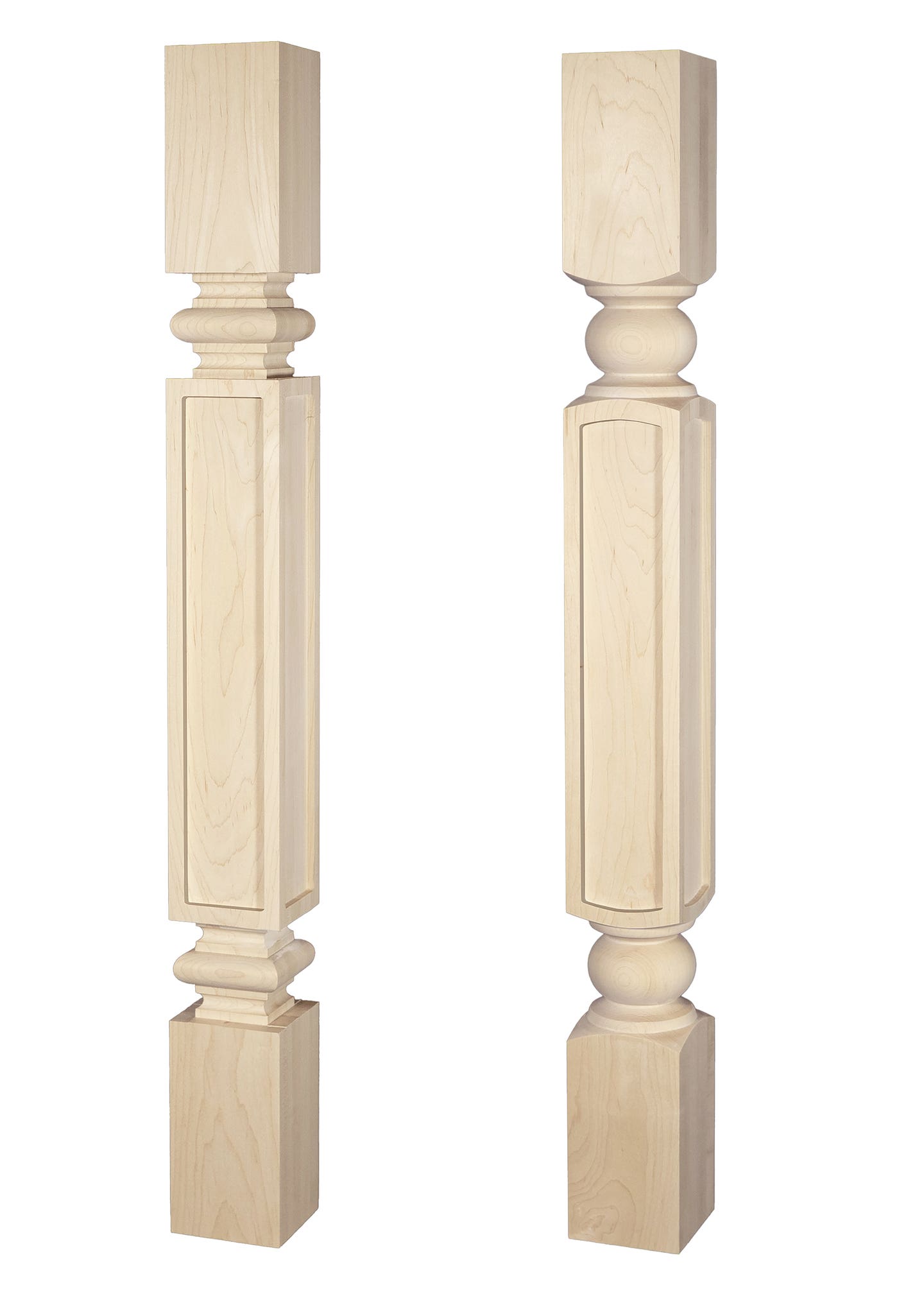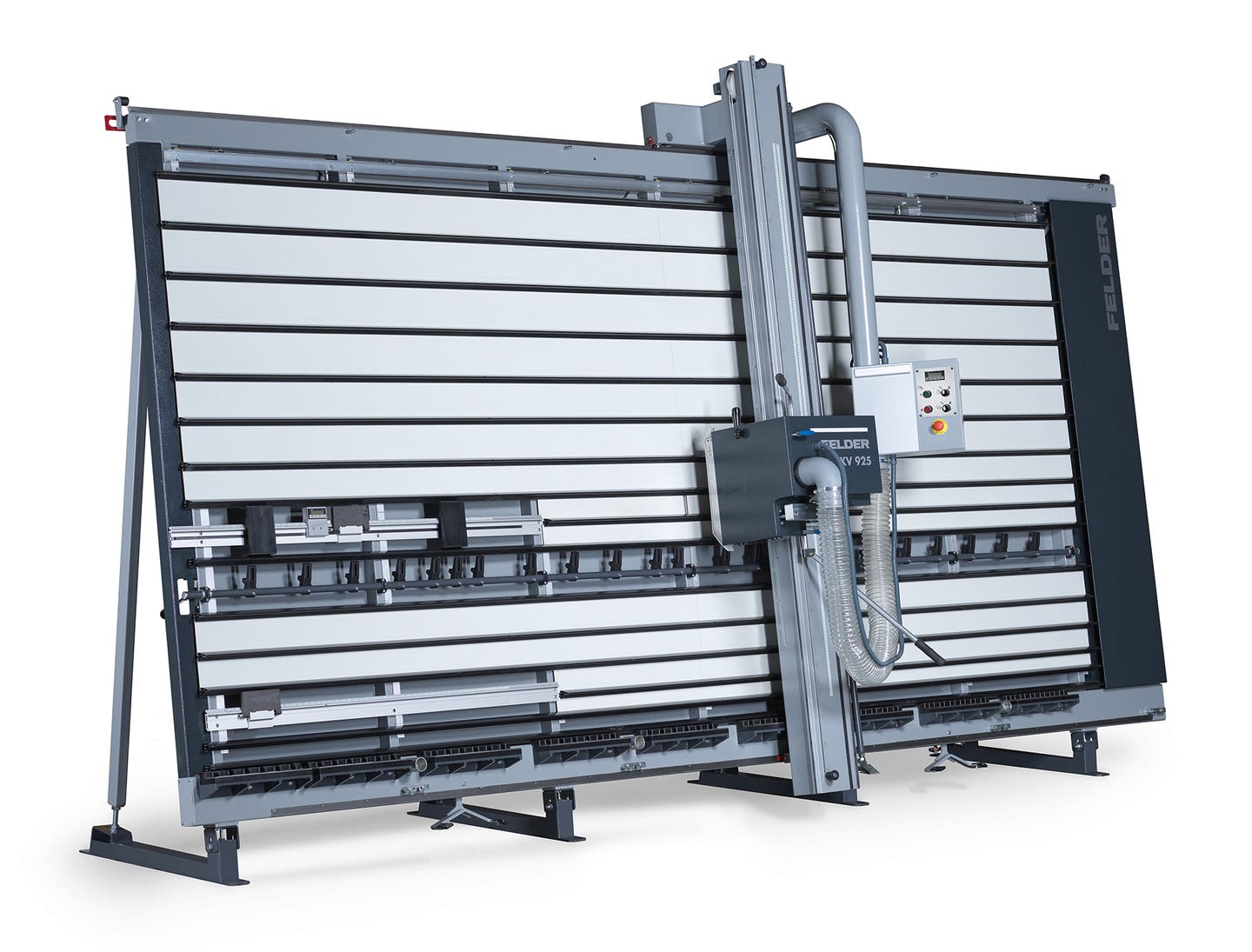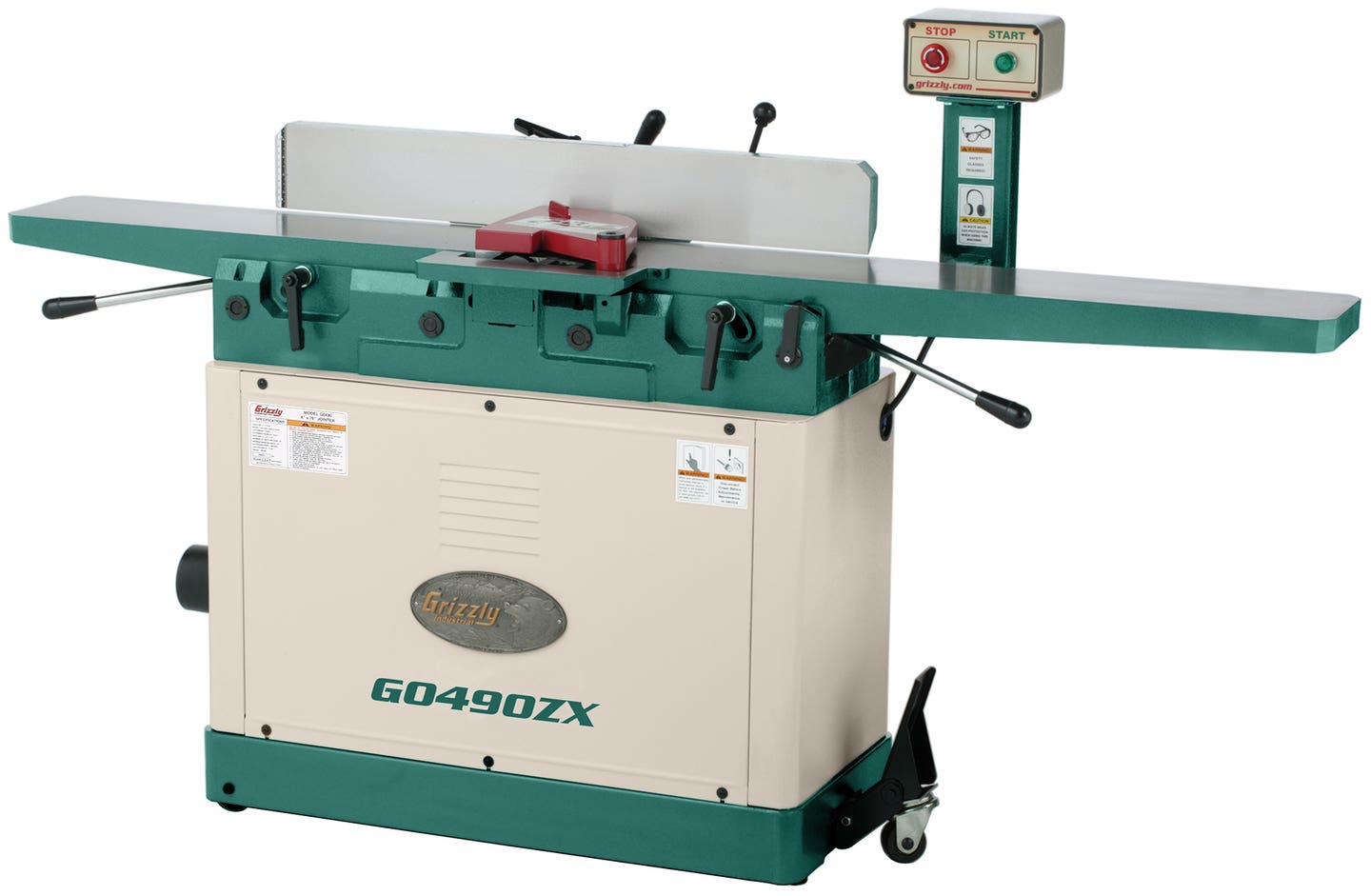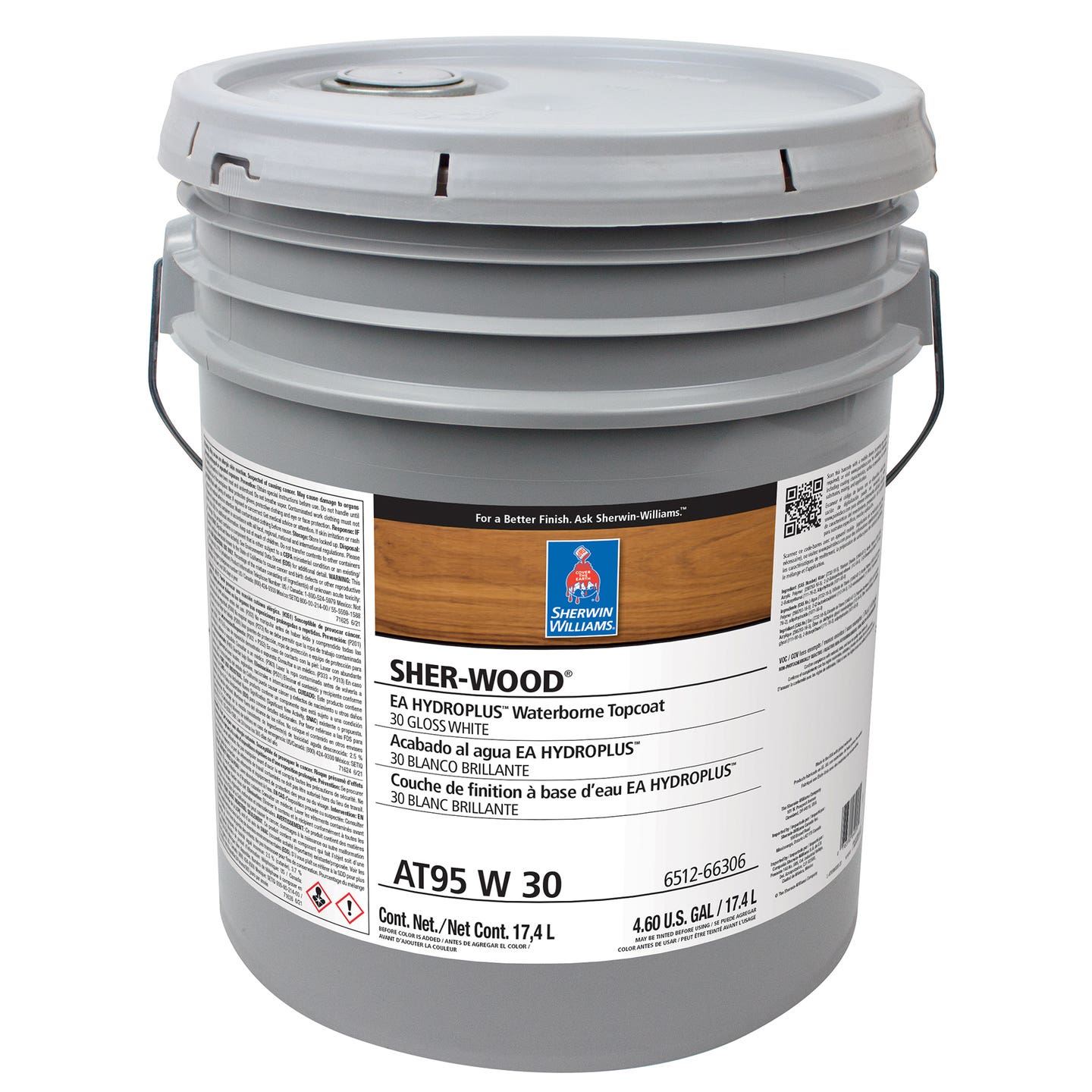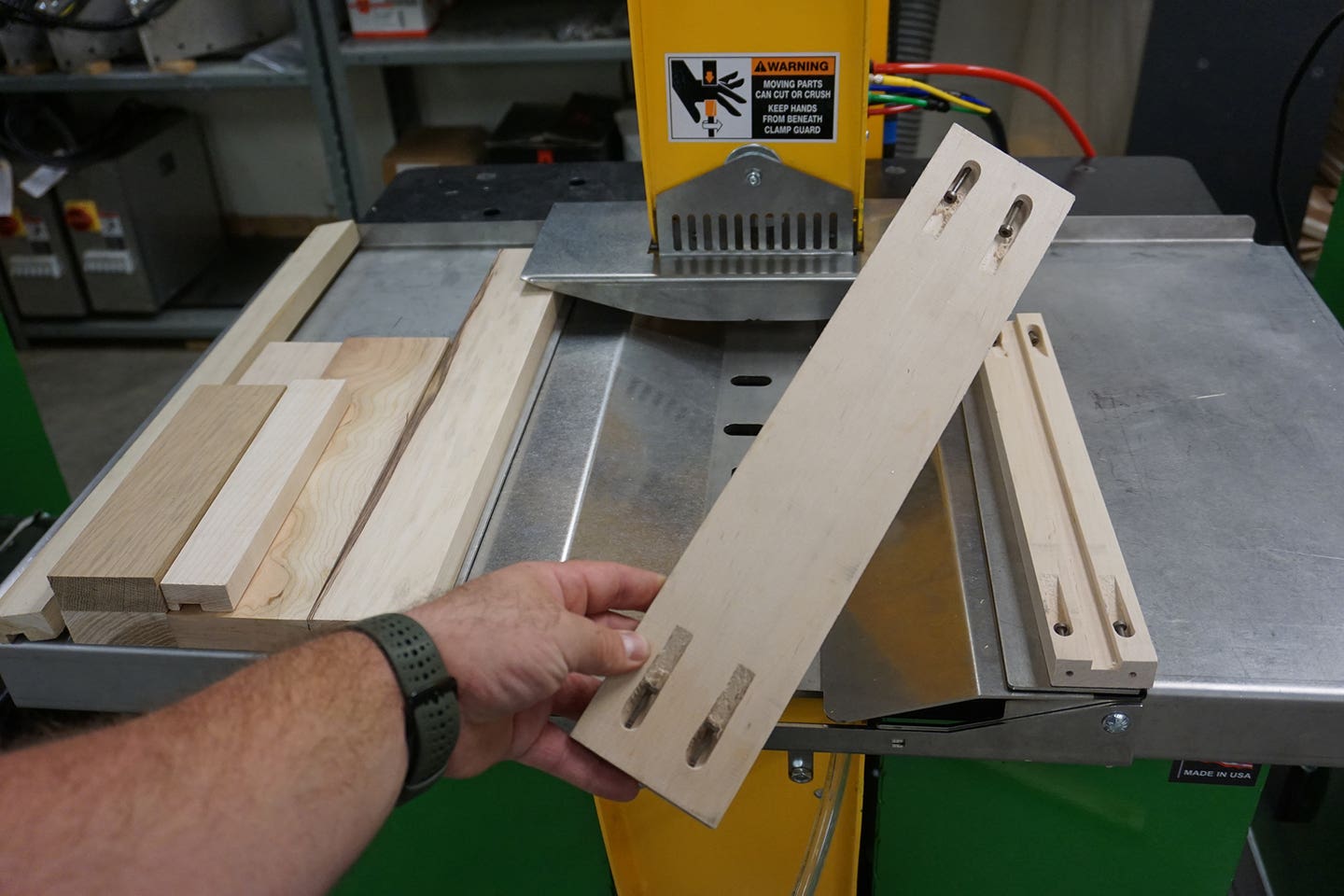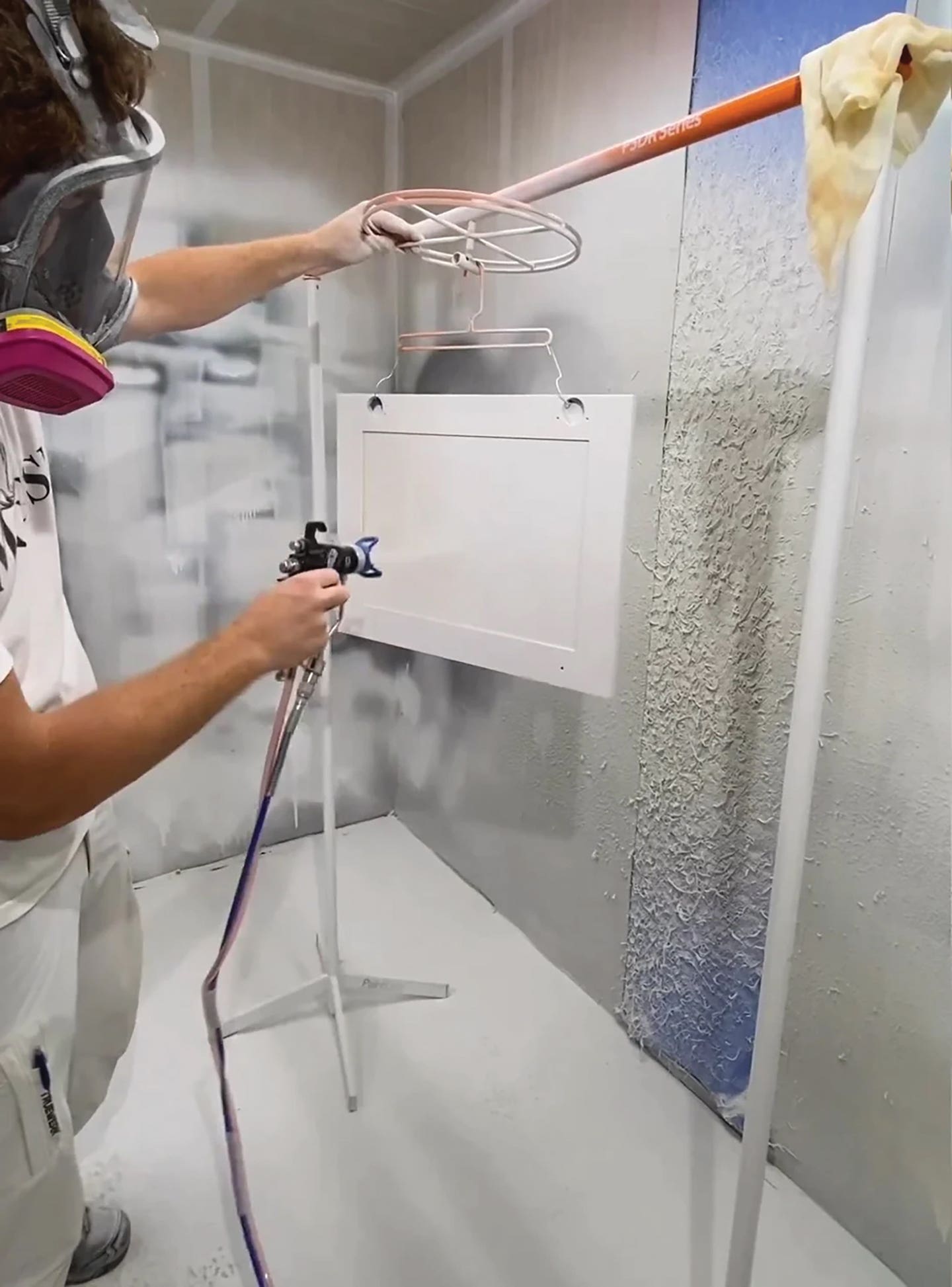Universal Laser Systems offers new filtrations systems
Universal Laser Systems has two new air filtration systems for laser materials processing. The UAC 2000 and 4000 each have a four-stage filtration process, plus sensors to continuously monitor filter…
Universal Laser Systems has two new air filtration systems for laser materials processing. The UAC 2000 and 4000 each have a four-stage filtration process, plus sensors to continuously monitor filter performance, according to the company.
The four stages include a pre-filter, HEPA filter and two filters for capturing carbon and fumes.
“The two systems are extremely quiet, and will efficiently extract particulates and fumes to achieve a safe level for a clean and healthy work environment,” Universal Laser Systems director of product development Chris Risser says. “And our patented dual carbon filters allow carbon to be consumed efficiently making them last longer and reduce costs over time.”
The systems also feature a monitor that alerts the user to dangerous levels of carbon monoxide (CO) in the ambient air and stops the laser system from processing until CO levels return to safe limits.
“The ULS sensor suite is the only one known in the industry to effectively monitor carbon filters and warn users when carbon needs replacing without exposing the user to high levels of VOCs which the user can smell. Other solutions rely only on sense of smell to determine when to change carbon filters,” Risser says.
The filtration systems are recommended for use with an ULS laser materials processing platform.
“Once the ULS air filtration system is installed and properly connected to a ULS laser system, everything else is automatic. The air cleaners automatically turn on and off with laser processing and filter life and replacement reminders are displayed to the user automatically through the control software on the laser systems,” Risser says.
The UAC 2000 and 4000 sell for $6,500 and $13,000, respectively.
For more, visit www.ulsinc.com.
This article originally appeared in the April 2017 issue.


